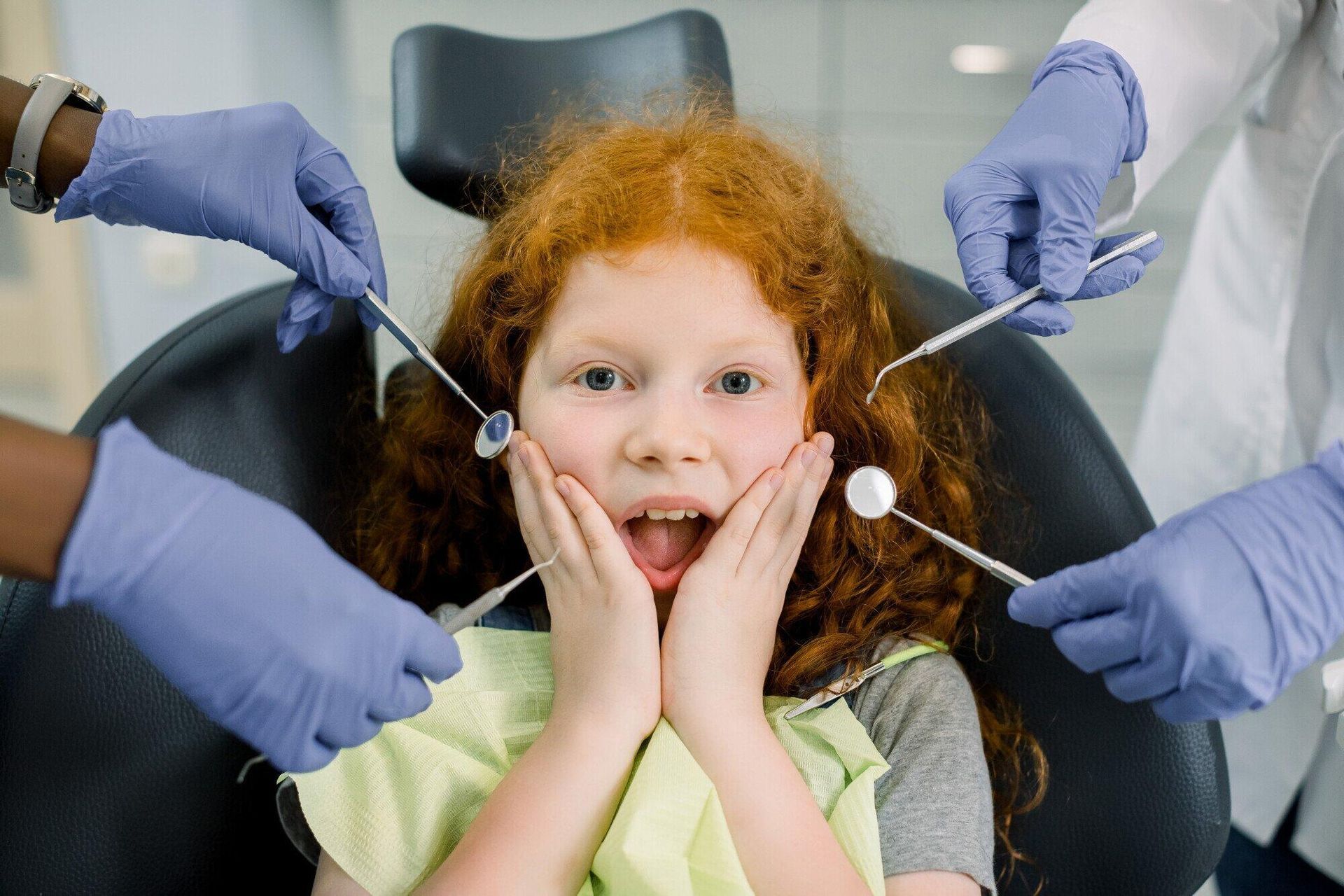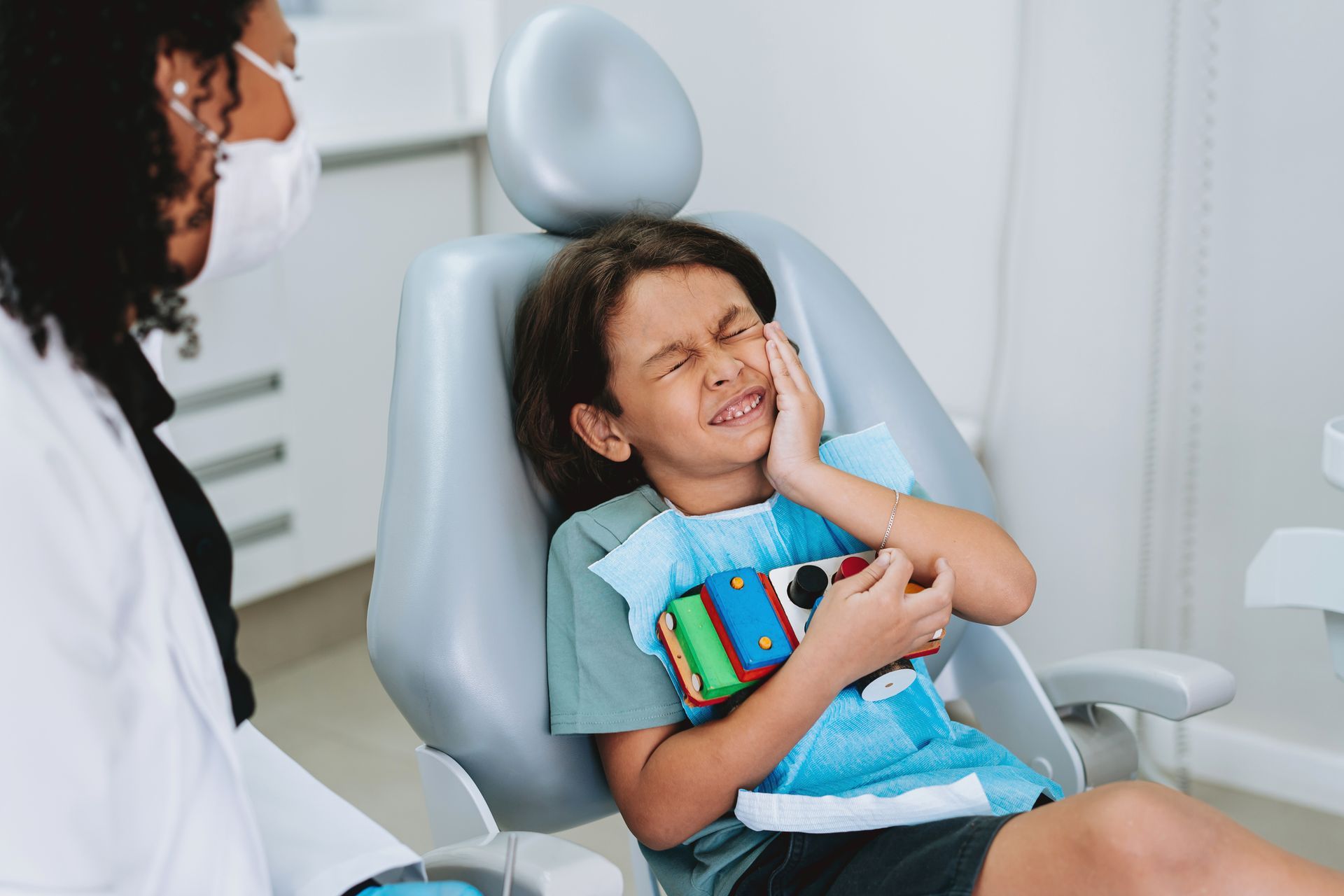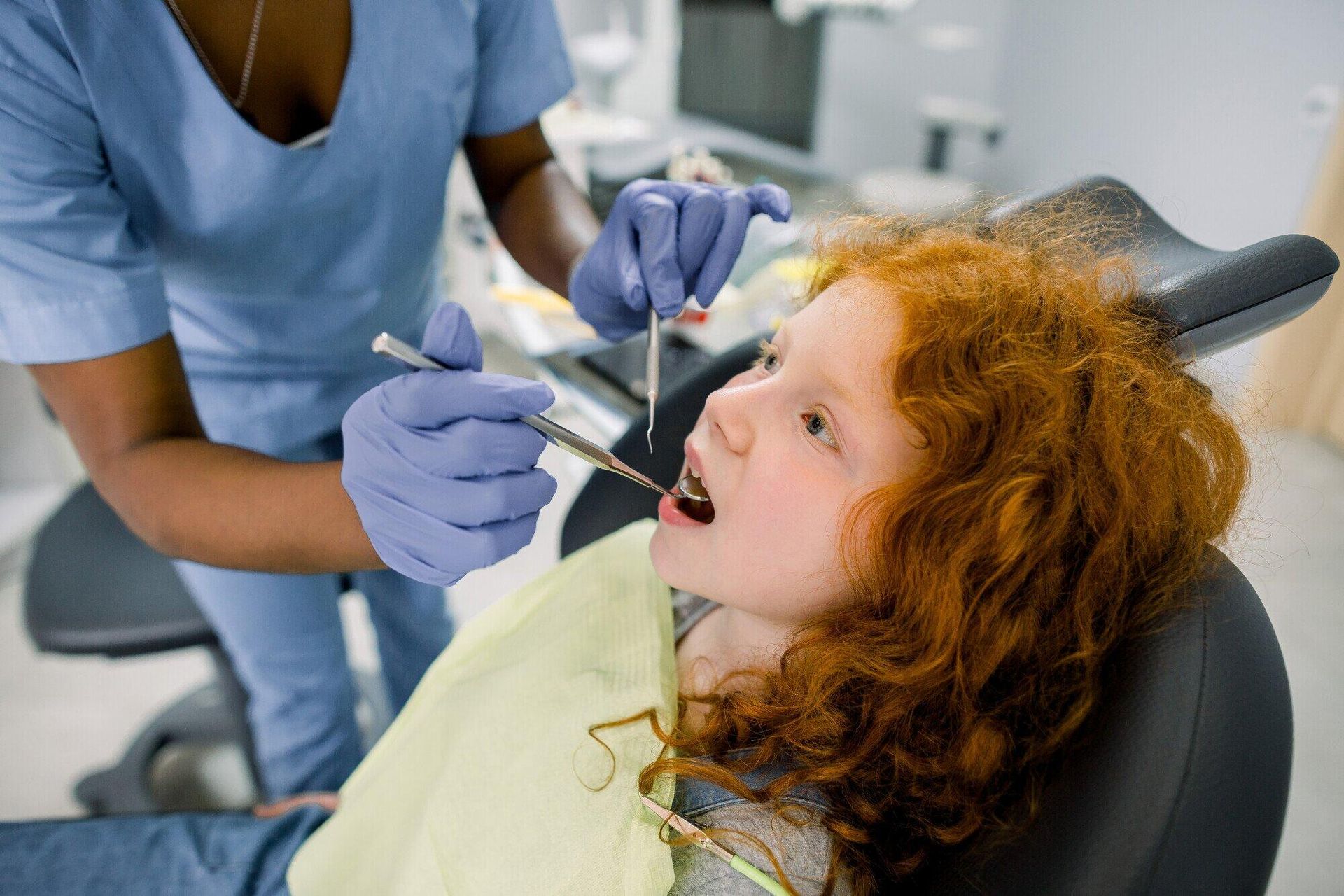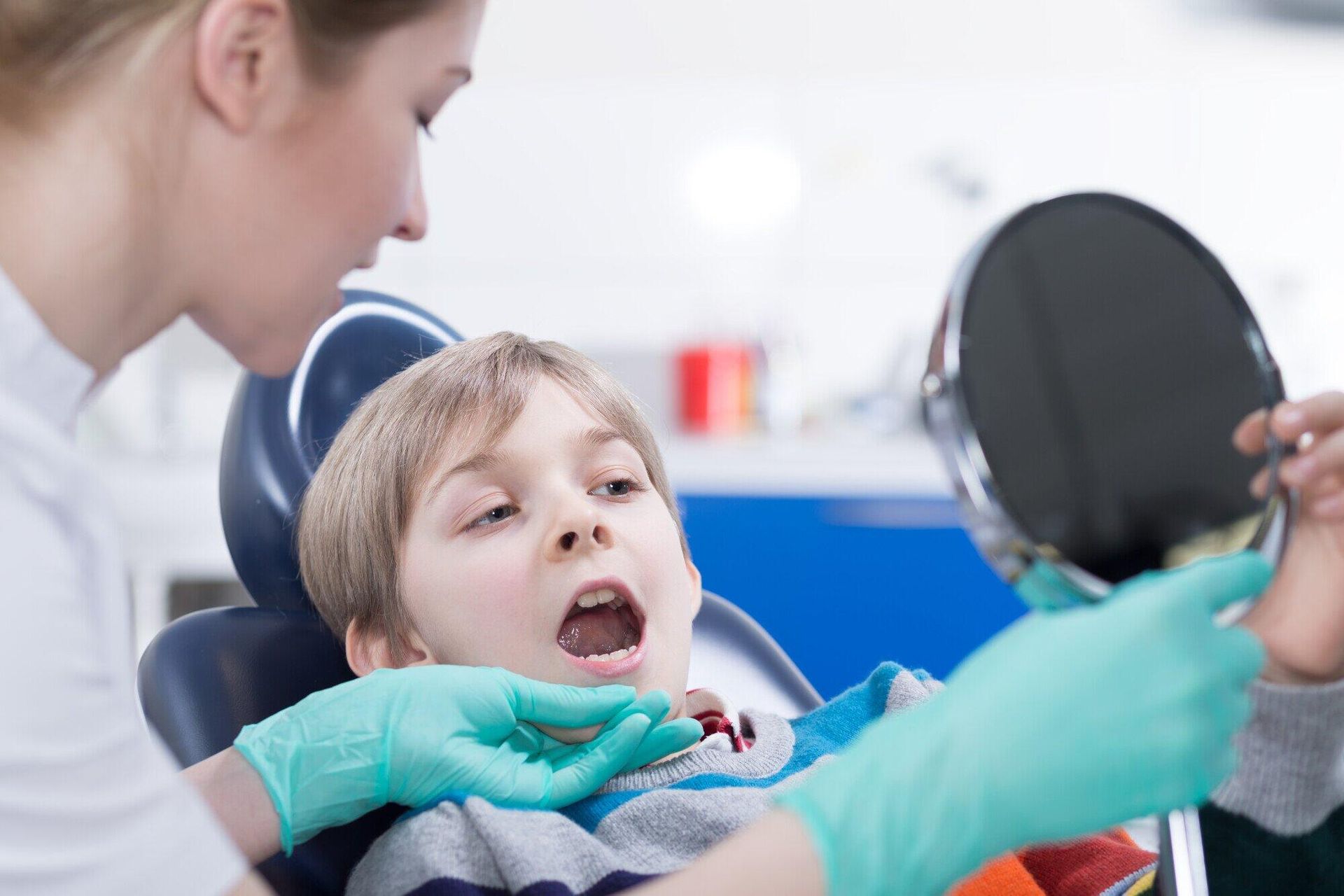A Step by Step Guide to Braces for Teens
Curious about the process for getting braces for teens? Calm your worries and learn about the orthodontics process step by step here!
Roughly 3 million children and 1 million adults in America currently wear braces. For teens especially, it can be a difficult thing to accept that you might need them due to some preconceptions about the procedure and its results. Are you one of those people, or do you need to talk to someone who is?
This guide to braces will help you understand the orthodontics step-by-step program a teen will undergo to get them fitted. By the end, you should have a very good idea of what to expect and what your child might need to do to get the smile they deserve.
Step 1: First Consultation
After you book an appointment for orthodontics treatment in Friendswood, Texas, you can expect your child to have an initial exam. This will involve the orthodontist looking at their teeth and making detailed notes about their current state. This might even include the need to take X-rays to give them the best chance of understanding the layout of your child's jaw.
After this, the specialist will be able to talk to you and your child about what you want to happen and set some long-term goals for adjusting their teeth. At this point, if anyone has any concerns, they can raise them and get fast answers that allay any fears they might have. You can also use this opportunity to discuss your healthcare plan and how it aligns with the orthodontist's expectations. You can talk about potential costs and any payment plans they provide too.
Step 2: Developing a Treatment Plan
After an exam, the orthodontics process involves the specialist analyzing their notes on your child's teeth. They can use these to start making a personalized treatment plan and can then discuss it with you at a later time.
They can mention how long they expect adjustments to take place and how often they expect to see your child. They can also talk to you about other options they can offer, such as using clear aligners instead of conventional braces if possible.
Step 3: Fitting the Braces
The next step in the braces process may not be fitting the equipment. In many cases, the mouth is not ready and there might be some dental work that the orthodontist must complete first. By filling any cavities, and cleaning the teeth, for example, they ensure the best chances of success with your child's fitting.
When the mouth is ready, the orthodontist will use a form of adhesive to attach the braces to the teeth. This will keep them in place over a long period, and due to the strength of this bonding material, it is very unlikely they will dislodge.
Between these braces, the specialist will string wires that they will adjust to pull the teeth in the direction they want them to move. This may be very uncomfortable at first, but the orthodontist can suggest ways to reduce any pain your child might experience.
Step 4: Maintaining and Cleaning the Braces
As with any tooth-related issues, your child must continue to brush and floss their teeth. This may be more difficult with the inclusion of braces, but over time your child will be able to perfect their routine so it is not a problem anymore. Though your orthodontist will be able to recommend tools that might help, such as interdental brushes to clean behind the braces.
Your child might also need to change their diet to avoid dislodging or damaging the braces. Sticky foods such as bubble gum, or hard foods like apples, can cause harm to any fittings and will mean they need re-adjustment.
Step 5: Follow up Appointments
Your orthodontist will be able to inform you of how often your child should return to them to examine their braces. Over time, they will adjust and tighten some of the wires attached to each tooth. This will slowly move the teeth to exactly where they need to be.
At this point, they may also take more X-rays or make more notes to help keep track of how the teeth move over a long period. This will help should any unlikely complications occur further along in the process.
When they talk to you, the specialist can also discuss the treatment plan they have and how far along your child is. If adjustments need to occur, they can discuss your options and what changes work within your budget and timeline.
Step 6: Removing Braces
Once your child's teeth are where they should be, the orthodontist can remove the braces. This involves separating the brackets holding the wires from the mouth and then cleaning off the material that held them in place.
When this occurs, the journey is not over, though. At this point, your child will need to wear a retainer.
Over time, some teeth have a habit of slowly drifting back into the position they were in before they used braces, but a retainer prevents this. Your child may start by needing to wear the retainer at all times but should be able to switch to only wearing it at night as their jaw settles.
Step 7: Long-Term Care
Even after the orthodontist removes the fitting, your teen should continue to care for their teeth. There is no use in doing all this work, only for the tooth to decay, after all.
At the same time, teach your child what it means to care for their retainer, when to use it, and how to develop sensible habits related to it.
Your child may be very disappointed if they cannot engage in some activities due to retainers or braces. You should try to instill within them a sense of how important they are. Many people find the process hard at first, but over time they get a real sense of how it improves their daily life.
Fitting the Perfect Braces for Teens
With the above information in mind, fitting braces for teens might end up not being as difficult as your child expected after all. Still, if they have further questions, we would be happy to introduce them to the process to put any concerns to rest.
Our orthodontics specialists can discuss what they can do to make the fitting as simple as possible. So, book an appointment today to start a journey toward a brighter future for your child's teeth.















